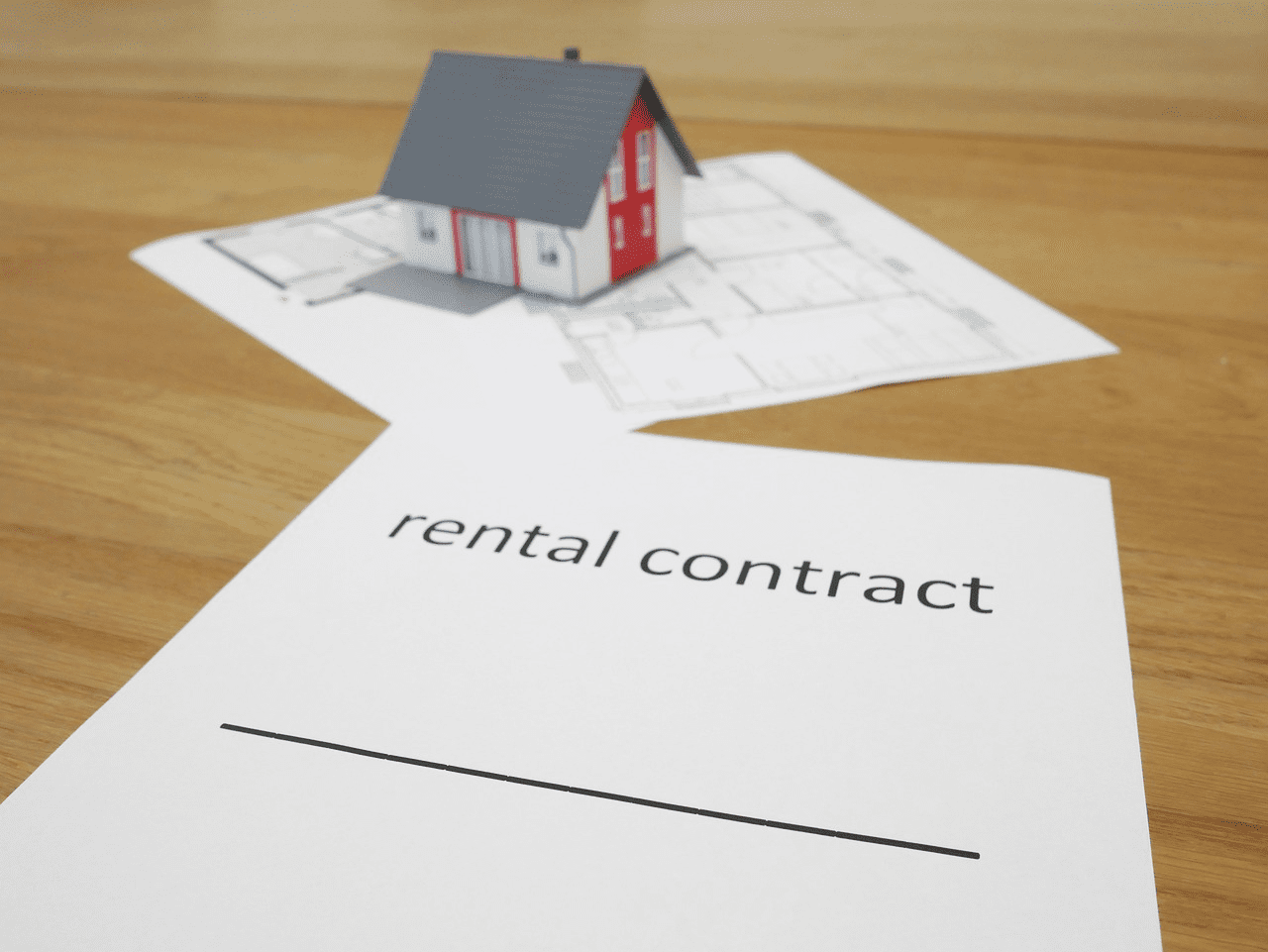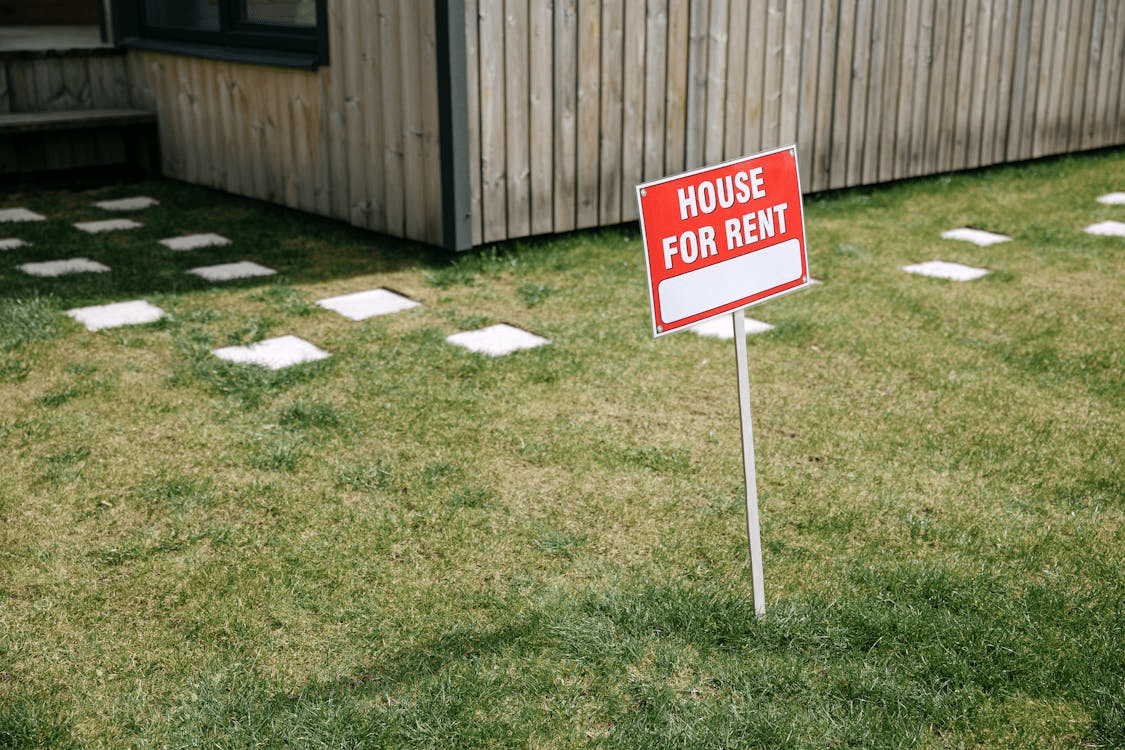When diving into the world of real estate investing, particularly with fix and flip properties, securing the right financing is crucial. Fix and flip loans provide the capital needed to purchase, renovate, and quickly resell properties for a profit. However, many investors make common mistakes that can jeopardize their success.
In this blog, we’ll explore some common fix and flip loan mistakes you should avoid when getting a loan to ensure your project runs smoothly and profitably.
1. Not Understanding the Loan Terms
One of the most critical mistakes investors make when securing a fix and flip loan is not fully understanding the loan terms. Unlike traditional mortgages, fix and flip loans often have shorter repayment periods, higher interest rates, and specific conditions on the usage of the loan funds.
Many investors assume they can treat these loans the same way they would a conventional home loan. This misunderstanding can lead to cash flow issues, missed payments, or penalties if the loan isn’t paid back on time. Before signing any loan agreement, make sure you thoroughly review the terms, including the repayment schedule, interest rates, and any hidden fees.
2. Underestimating the Rehab Costs
A major part of fixing and flipping a property is the renovation. One common mistake is underestimating how much money the rehab will require. Investors often focus on the purchase price of the property and forget to budget for things like unexpected repairs, contractor delays, or increased material costs.
Always build a financial buffer into your renovation budget to cover unforeseen expenses. It’s important to work with reliable contractors who can provide detailed and accurate estimates. If you underestimate the rehab costs, you may find yourself scrambling for additional funds, leading to delays and higher carrying costs.
3. Overestimating the After-Repair Value (ARV)
Many fix and flip investors make the mistake of overestimating the After-Repair Value (ARV) of the property. The ARV is the estimated value of the property after all renovations have been completed. Overestimating this figure can lead to overpaying for a property or borrowing more than necessary, which can severely impact profit margins.
Make sure you conduct a thorough market analysis and compare recent sales of similar properties in the area. Using conservative estimates for the ARV can help protect you from financial loss.
4. Failing to Account for Holding Costs
Holding costs are the ongoing expenses you’ll incur while the property is being renovated and prepared for sale. These costs include loan interest, property taxes, insurance, utilities, and maintenance.
A common mistake is not budgeting for these holding costs, which can add up quickly, especially if the rehab takes longer than expected. When securing your fix and flip loan, it’s essential to factor in these costs and have a clear timeline for the renovation process.
5. Not Having a Clear Exit Strategy
One of the most critical components of a successful fix and flip project is having a clear exit strategy. Whether you plan to sell the property immediately after renovation or hold onto it for a short period before selling, you need to have a concrete plan in place.
Failing to have a clear exit strategy can leave you holding onto the property longer than intended, which will increase holding costs and reduce profitability. Ensure your loan terms align with your exit strategy, and be prepared to adapt if the market changes.
6. Neglecting to Research the Lender
Not all lenders are created equal, and fix and flip loans are often offered by specialized lenders. Many investors make the mistake of jumping into an agreement without researching the lender’s reputation or terms.
Some lenders may have strict requirements or hidden fees that could negatively impact your bottom line. It’s important to work with a lender that has a proven track record in providing fix and flip loans, such as Insula Capital Group, and one that offers transparency throughout the process.
7. Ignoring the Importance of Property Location
Location is one of the most important factors in real estate, and it holds especially true for fix and flip properties. Investors sometimes make the mistake of focusing solely on the property’s condition and potential without considering its location.
A beautiful, renovated home won’t sell if it’s in a bad location. Before securing your loan and investing in a property, conduct a thorough analysis of the neighborhood, its growth potential, and the demand for renovated homes in that area.
8. Inadequate Due Diligence on the Property
Another common pitfall is failing to perform adequate due diligence on the property itself. This includes inspecting the property thoroughly to uncover hidden issues, such as structural problems, plumbing issues, or electrical hazards, that could drastically increase renovation costs.
Rushing into a loan agreement without conducting a detailed property inspection can lead to costly surprises down the line. It’s crucial to hire experienced inspectors and ensure that the property’s issues are factored into your budget.
9. Relying Too Much on Personal Funds
While it may seem like a good idea to use personal savings to fund your fix and flip project, it can become risky. Relying too heavily on personal funds can leave you financially vulnerable if the project encounters delays or unexpected costs.
Fix and flip loans are designed to help investors avoid this situation by providing capital specifically for these types of projects. Make sure you’re not draining your personal finances and are utilizing the appropriate loan products to fund your project.
10. Skipping the Pre-Approval Process
Many investors make the mistake of skipping the pre-approval process, believing they can secure funding after they’ve already made an offer on a property. This can lead to delays or even losing the property if financing falls through.
Getting pre-approved for a fix and flip loan will give you a clear idea of how much you can borrow and strengthen your position when negotiating a property deal. Pre-approval also helps speed up the closing process, allowing you to begin renovations sooner.
Need Funding for Your Next Fix and Flip Project? We Can Help
If you’re looking to secure funding for your next fix and flip project, avoid these common mistakes by partnering with Insula Capital Group.
We specialize in providing fix and flip loans in Alabama, Colorado, Florida, Ohio, Arkansas, and many other states. Our team of experts will guide you through the loan process, ensuring you get the right financing for your project without the stress.
Whether you’re searching for fix and flip loans in California, Texas, or Georgia, we have the experience and loan products to support your real estate ventures.
Contact Insula Capital Group today for the most reliable fix and flip loans, and let us help you succeed in your next investment.




